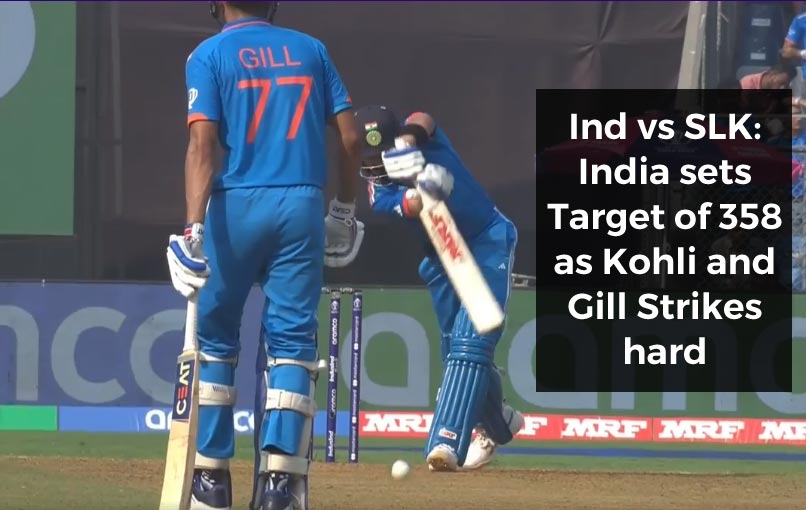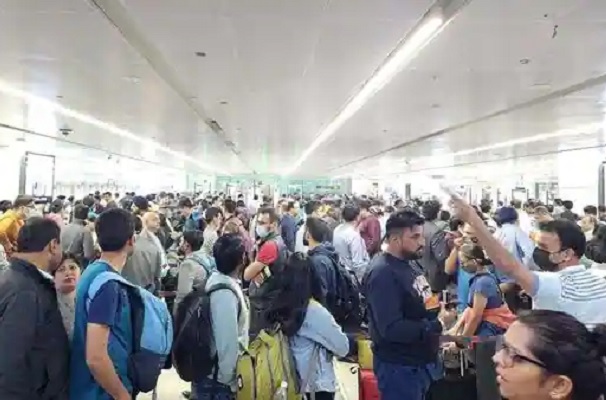Antibiotic misuse turning viral fevers into deadly time bombs, Expert tells how
Thu 11 Sep 2025, 01:10:21

As monsoon rains lash Delhi-NCR and other parts of India, viral fevers are making a strong comeback often more aggressive and harder to predict than before. Doctors say a dangerous mix of climate change, urban lifestyles, and weakened immunity is fuelling this shift, leaving public health systems struggling to keep pace.
In a conversation with India Today, Dr Sanchayan Roy, Senior Consultant, Internal Medicine, Apollo Spectra Hospital, Chirag Enclave, Delhi, explained why seasonal illnesses like dengue and influenza no longer follow the patterns people were once familiar with.
CLIMATE, LIFESTYLE AND VIRUSES CONVERGING
“In recent years dengue, influenza, viral fever cases have grown constantly due to the mix of urbanisation, population mobility, and environmental shifts,” Dr Roy said. Poor waste management in crowded cities, erratic rainfall, and fluctuating temperatures are creating ideal breeding grounds for viruses to thrive well beyond their traditional cycles.
According to him, the problem is no longer limited to monsoon months. “The convergence of climate, lifestyle, and viral evolution plays a major role in changing these patterns, making the outbreaks less predictable and more intense as compared to a decade ago,” he explained.
MONSOONS NO LONGER MEAN SEASONAL FEVERS ALONE
India’s altered weather patterns are giving vector-borne and respiratory infections longer lifelines. “Warmer temperatures and altered monsoon patterns extend mosquito breeding seasons especially for dengue and chikungunya. Heavy rainfalls create stagnant water pockets which are ideal for mosquito larvae. Rise in humidity enhances the viral survival, while unseasonal rains blur the traditional infection timelines,” Dr Roy noted.
He warned that influenza, too, is behaving differently. “Sudden increases in temperature increase respiratory vulnerability as well. Climate change has disrupted seasonal predictability, with viral infections occurring outside their typical peaks.”
Public health experts echo this concern, calling for weather-linked disease forecasting models. Traditional calendars of “fever season” may no longer be sufficient.
NEWER STRAINS OR LOWERED IMMUNITY POST-COVID?
Another major question is whether viruses themselves are getting stronger—or whether humans have become more vulnerable after the pandemic. Dr Roy believes it’s both.
“Newer strains of viruses like dengue and influenza are evolving in order to bypass the immunity
leading to more severe and atypical presentations,” he said. At the same time, he pointed out, “Reduced exposure to routine infections during lockdowns, coupled with post-COVID immune fatigue, has left many people more susceptible.”
leading to more severe and atypical presentations,” he said. At the same time, he pointed out, “Reduced exposure to routine infections during lockdowns, coupled with post-COVID immune fatigue, has left many people more susceptible.”
This “dual phenomenon viral evolution and host vulnerability makes common fevers appear more aggressive,” he explained, leading to prolonged illness and higher hospitalisation rates.
ANTIBIOTIC MISUSE WORSENING THE CRISIS
One of the silent but significant contributors to complications, Dr Roy stressed, is self-medication. “Antibiotics have no role in treating viral fevers, yet their misuse remains widespread. Overuse not only fails to treat the infection but also disrupts gut microbiota, lowering immunity.”
Delays in diagnosis and inappropriate treatment, he warned, can lead to severe complications like dengue shock or influenza pneumonia. Worse, misuse fuels antimicrobial resistance, making bacterial co-infections harder to manage.
STAYING AHEAD OF VIRAL TRENDS
To tackle these evolving challenges, Dr Roy emphasised a dual approach system readiness and individual responsibility.
“Public health systems must strengthen surveillance, vector control, and vaccination programs while integrating climate data to predict outbreaks more effectively,” he said. Hospitals, he added, must be seasonally prepared with testing capacity and isolation protocols.
On the personal front, preventive measures remain key, controlling mosquito breeding, taking flu vaccinations, wearing masks during surges, and avoiding self-medication.
“The key lies in combining community awareness with systematic readiness, ensuring that viral fever trends do not overwhelm the healthcare system or escalate into seasonal crises,” Dr Roy concluded.
Public health experts say India is now in a new phase where the old seasonal cycles of fevers cannot be relied upon. With dengue appearing in unexpected months, influenza showing unusual patterns, and climate-linked risks only rising, the focus must shift from reactive treatment to proactive prevention.
For individuals, this means being vigilant year-round not just in monsoon. For policymakers, it means investing in early warning systems, climate-linked health forecasting, and better city infrastructure to curb mosquito breeding.
If left unchecked, the new era of viral fevers may bring not just unpredictable outbreaks but also sustained public health emergencies.
No Comments For This Post, Be first to write a Comment.
Most viewed from Health
AIMIM News
Latest Urdu News
Most Viewed
May 26, 2020
Can Lionel Messi's visit boost Indian football?
Latest Videos View All
Like Us
Home
About Us
Advertise With Us
All Polls
Epaper Archives
Privacy Policy
Contact Us
Download Etemaad App
© 2025 Etemaad Daily News, All Rights Reserved.

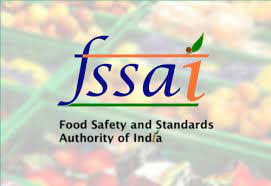

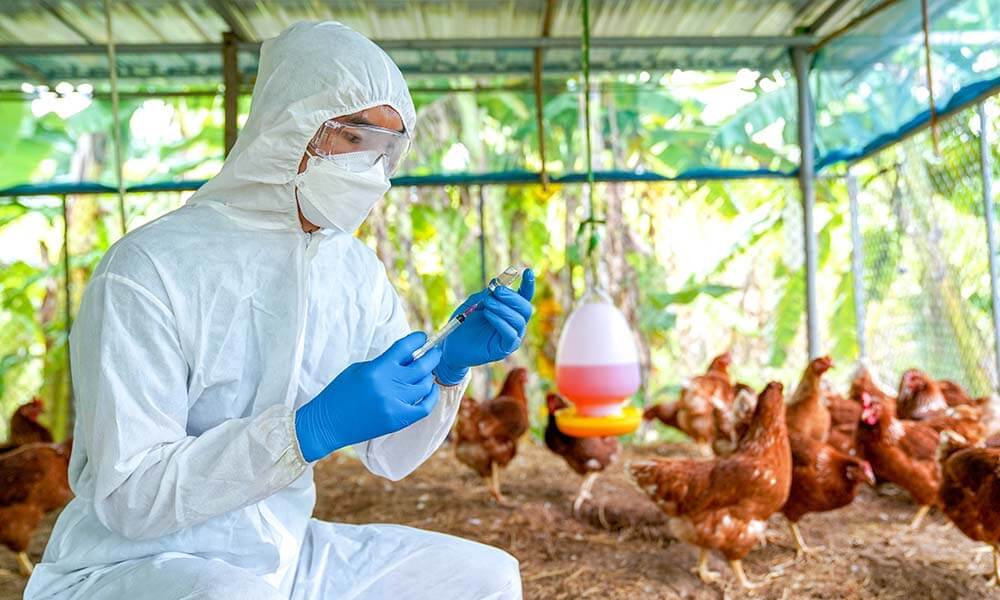




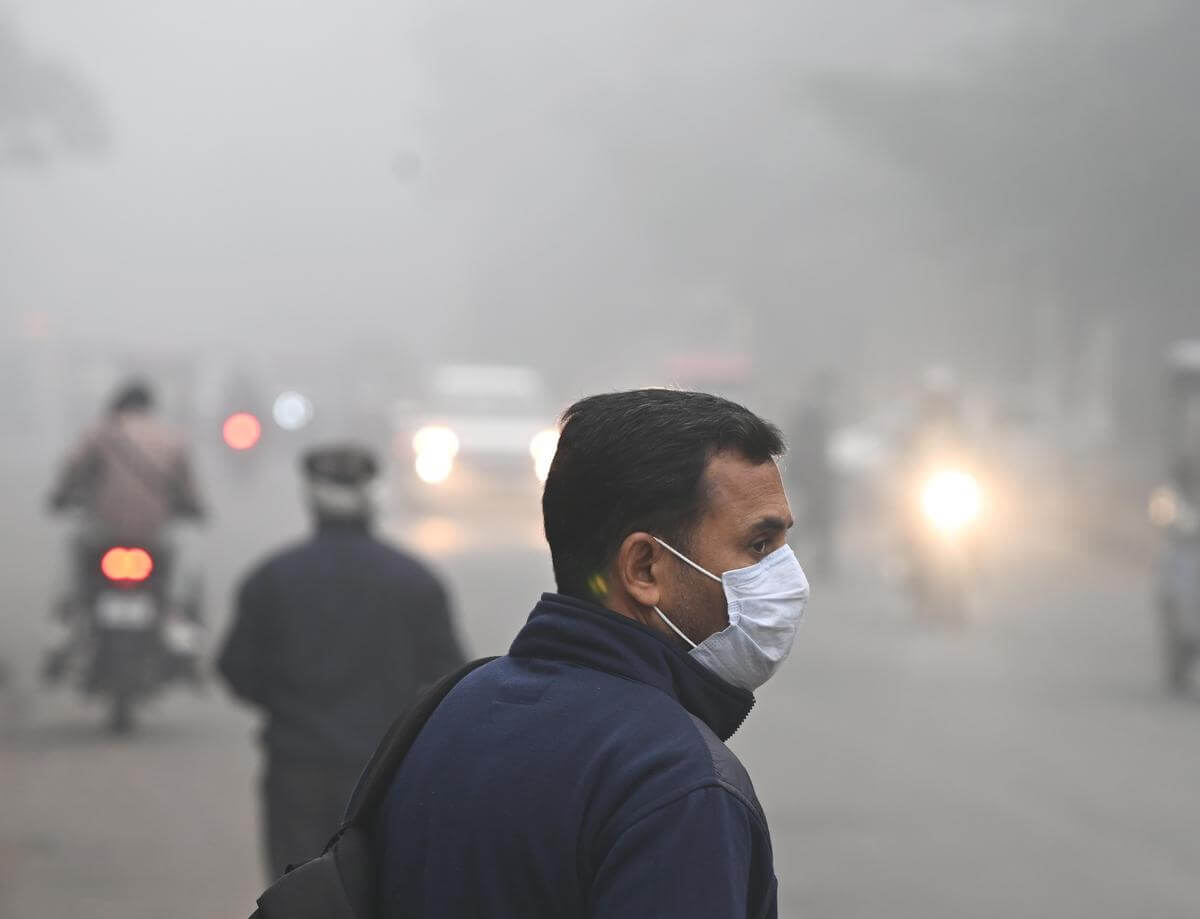

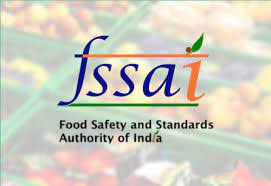
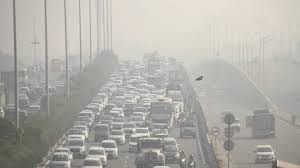
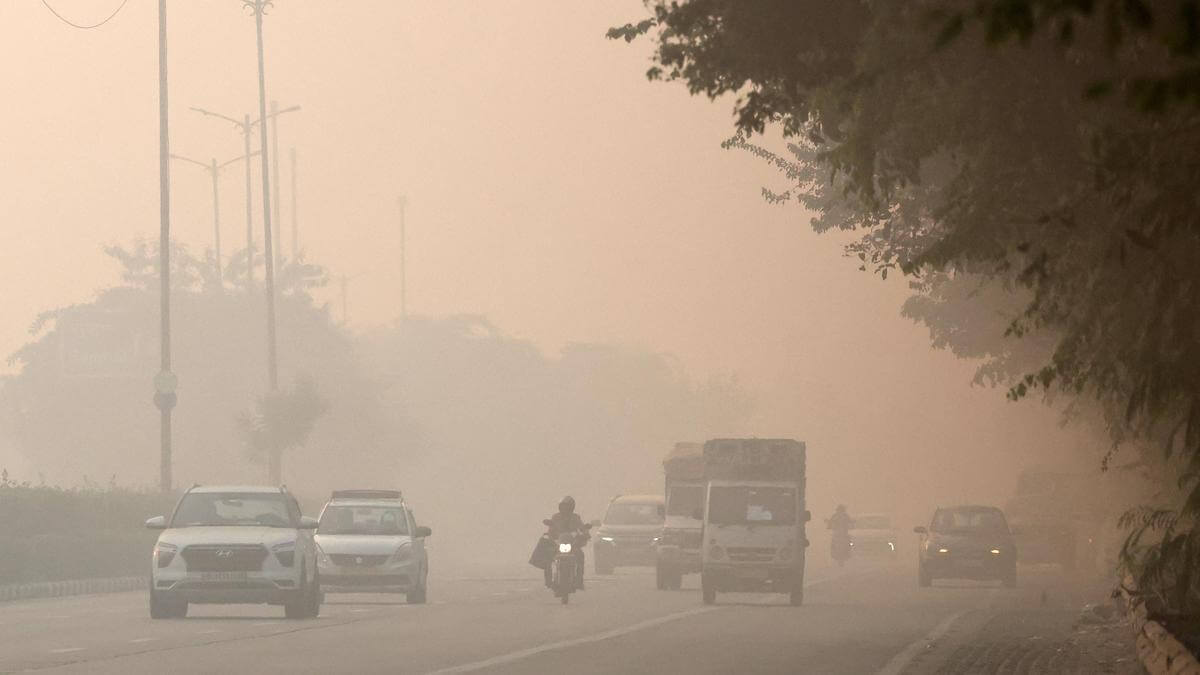

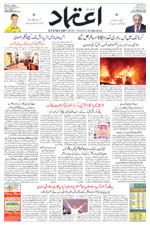





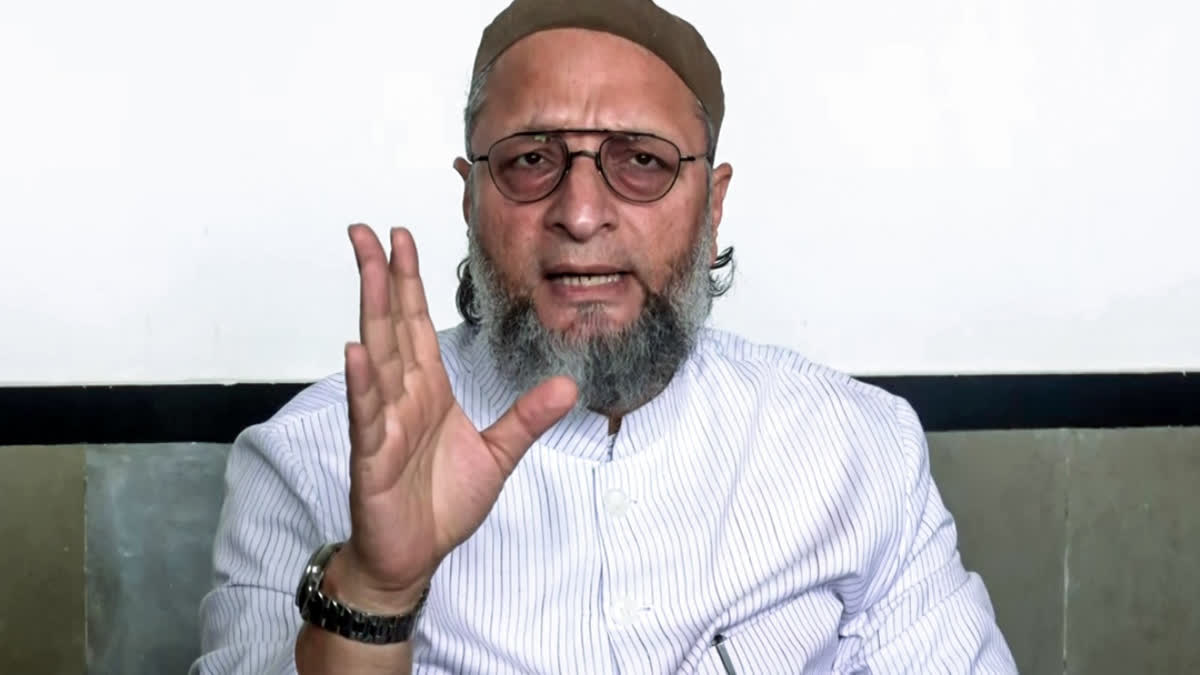
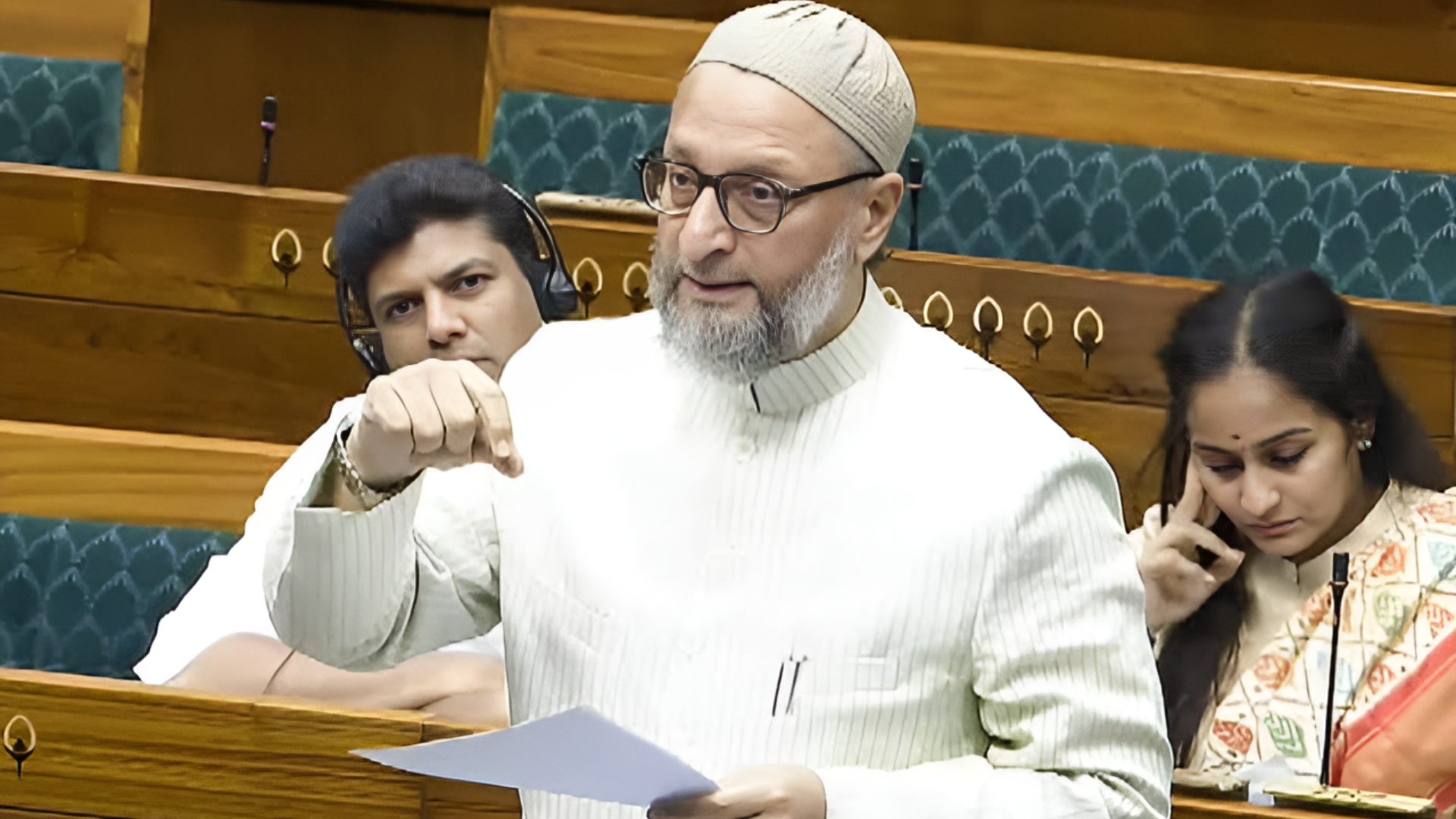



.jpg)
.jpg)
.jpg)

